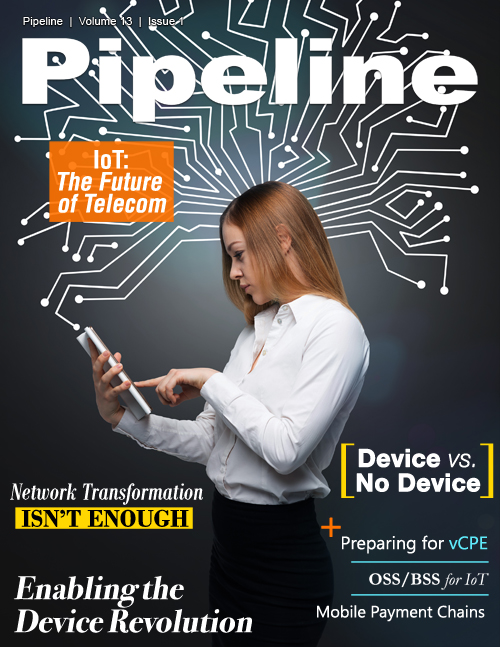IoT is the future of successful Telecom
But when it comes to our corner of the industry, I’m talking about more than just more connections to manage. The M2M/IoT market opens up tremendous opportunity for companies who understand how to analyze data, plan the deployment of resources, troubleshoot faults, maintain connectivity, and all of the other things the carriers and vendors in the communications space already do extraordinarily well.
As I explored a few months ago in my article on OSS/BSS in other industry verticals, connected devices allow utilities, automobile traffic, supply chains, and much more to be managed in a way that is much more like the way we’re accustomed to thinking of a communications network. Of course the networks that allow these devices to communicate must be managed and maintained, but the connected devices themselves and their intended purposes can also be managed and maintained in many of the same ways.
(In that article, I gave the example of the Itaipu Dam in South America, which used a network of sensors to monitor water volume, and has used this data to boost output by 0.6% annually, which is an astounding amount when we’re talking about a project of that scale.)
As GE CEO and Chairman Jeff Immelt has said of the emerging IoT market, “If you went to bed last night as an industrial company, you’re going to wake up this morning as a software and analytics company.”
The opportunities are boundless.
New Appetite
One concept that has stuck with me for years since reading Michael Pollan’s 2007 book, "The Omnivore’s Dilemma," has to do with the food industry’s ongoing battle with what some call the “fixed stomach.” We, as human beings, can only consume so much food from day to day. Most people eat just enough to sustain themselves. Maybe a little more if they can get away with it. But for the most part, there’s a limit to how much we consume, which is great for us, but a strict limitation for food producers and distributors.
Therefore, to maintain and grow their businesses, food producers have to get us to either pay more for food (which is harder than it sounds) or eat more by packing our diet with empty calories (which is easier).
Anyway, I used to think about the communications market as having a kind of fixed stomach. People can only have so many handsets, tablets, laptops and such before the market is all locked up, right?
But IoT is proving, at least for now, that our stomachs for connectivity are much bigger than we ever thought and our eyes are even bigger.


















